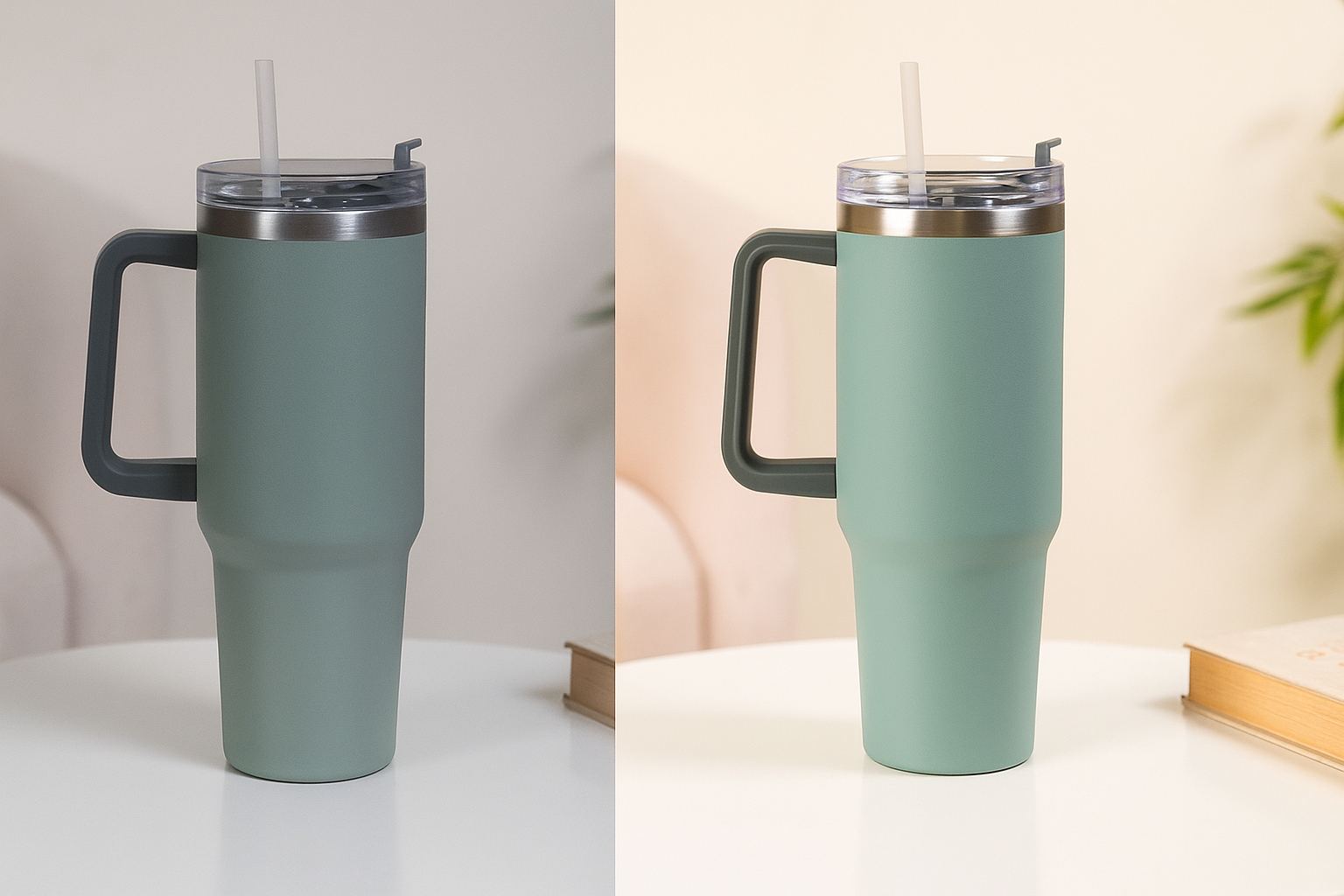Why Great Product Photos Drive Sales
In the world of e-commerce, your product photos are your virtual storefront. They're often the first and only interaction customers have with your products before making a purchase decision. Studies show that high-quality images can increase conversion rates by up to 30% and significantly reduce return rates by 64%.
The good news? You don't need a $10,000 camera setup. With these 10 proven techniques, your smartphone, and some creativity, you'll be capturing professional-quality images that sell.

Increase in conversion rates with high-quality photos
Reduction in product returns
More time spent viewing products